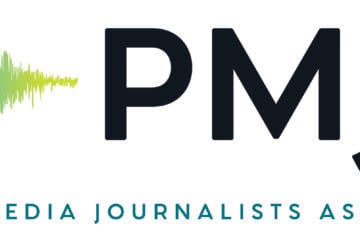Auction delay allows time to think hard about selling spectrum
Selling or keeping spectrum is perhaps the most consequential decision that the current generation of public television station executives and their boards will ever make about the future of public media, not just in their communities but the nation as well. The FCC chairman’s postponement of the spectrum auction until at least 2016 is an opportunity for greater scrutiny of that weighty decision.
Pitches from speculators and their FCC allies have focused on the one-time financial windfall to local licensees from selling noncommercial spectrum. However, balanced deliberation requires examining some key issues. Here’s my own short list:
- Know when to hold ’em: Next-generation broadcasting technology will open up important new revenue streams for public and commercial stations. Economic models project a sharp increase in annual revenue as broadcasters create an “overlay network” for low-cost data distribution to LTE wireless and other devices. The FCC ruled years ago that public stations can participate in exactly this kind of revenue model.
- Must-carry, must question: The Supreme Court upheld cable must-carry of one channel per station on 5-4 votes in the 1990s. The current court guarantees corporations (see Citizens United) the same First Amendment rights as people. Will it now allow Congress to force cable companies to carry “speech” from multiple licensees on one shared channel? Another private agreement with cable is possible, but relying on the force of law for shared carriage is risky.
- Pitchforks & torches: “Viewers like you” have nurtured their public stations across decades and generations. Current members might not grasp the logic of taking down some, or all, of your free broadcast signal. As Ricky said to Lucy, “You’ve got some ’splainin’ to do” if you hope to avoid a public backlash from selling off their heritage.
- Over the top (OTT) = Off the wall (OTW): Auction proponents argue that PTV can simply migrate its content to broadband. Certainly OTT is one distribution path, but making it the only path ignores streaming costs, rights issues, network bypass of local stations, limited reach, and the reality that a near-monopoly of broadband gatekeepers, with virtually no regulation, will control your distribution destiny.
- Economic inequality, meet unequal access: Market research giant GfK’s surveys of the U.S. media market found that the number of Americans who get their TV exclusively over the air has risen 38 percent over four years to nearly 60 million people. Abandoning universal service and forcing these viewers — typically millennials, minorities or both — to pay for broadband or cable to see PTV just aggravates the economic affliction that public media was created to ameliorate.
- WWFD: What would Frieda do? If the future is broadband, where is the innovative policy to guarantee free distribution of public media content on the Internet? Since the terrifying “spectrum crisis” is driven by mobile video, where is the proposal to “unlock” future smartphones and ensure that public media can be seen and heard on mobile devices? In 1952, Frieda Hennock, the first woman on the FCC, made sure that spectrum for the new technology of television was reserved for noncommercial broadcasting. It’s now our generations’ turn to uphold and translate Frieda’s vision for the digital age.
Perhaps the biggest threat from the Spectrum Act is that public media — the idea and institution of public media — got so little in the bargain. President Obama’s renewed call for net neutrality may have opened a door for us. I’ve long advocated that PTV should streamline operations, avoid duplication and reduce cost. Perhaps a rational spectrum policy could help achieve those goals. But the Spectrum Act uses a chainsaw to cut butter. We can do better.






